Costa Rica
Welcome to Costa Rica
Nestled in the heart of Central America, Costa Rica is a vibrant and enchanting destination that captivates travelers with its lush rainforests, pristine beaches, and abundant wildlife. Known for its “Pura Vida” lifestyle-a phrase that embodies the country’s laid-back and joyful spirit-Costa Rica offers a perfect blend of adventure, relaxation, and cultural richness. Whether you seek thrilling outdoor activities, serene natural beauty, or warm hospitality, Costa Rica welcomes you with open arms to explore its diverse landscapes and vibrant communities.
Costa Rica is a small yet ecologically diverse country, covering just about 51,000 square kilometers, but it is home to roughly 5% of the world’s biodiversity. Its varied ecosystems include tropical rainforests, cloud forests, volcanoes, mangroves, and over 1,200 miles of coastline along both the Pacific Ocean and the Caribbean Sea. The country’s commitment to environmental sustainability and conservation has made it a global leader in eco-tourism, attracting nature enthusiasts and adventure seekers alike.
Politically stable and peaceful, Costa Rica abolished its army in 1949, investing instead in education and healthcare, which contributes to its high quality of life. The local people, known as “Ticos,” are famous for their friendliness and welcoming attitude. The country’s rich cultural heritage is reflected in its vibrant festivals, music, and cuisine, offering visitors an authentic and immersive experience.
Why Visit Costa Rica in 2025?
1.
Unmatched Natural Beauty and Biodiversity: Costa Rica’s diverse ecosystems provide endless opportunities for wildlife watching, hiking, surfing, and exploring. From the cloud forests of Monteverde to the nesting beaches of Tortuguero and the wild jungles of Corcovado National Park, the country is a paradise for nature lovers.
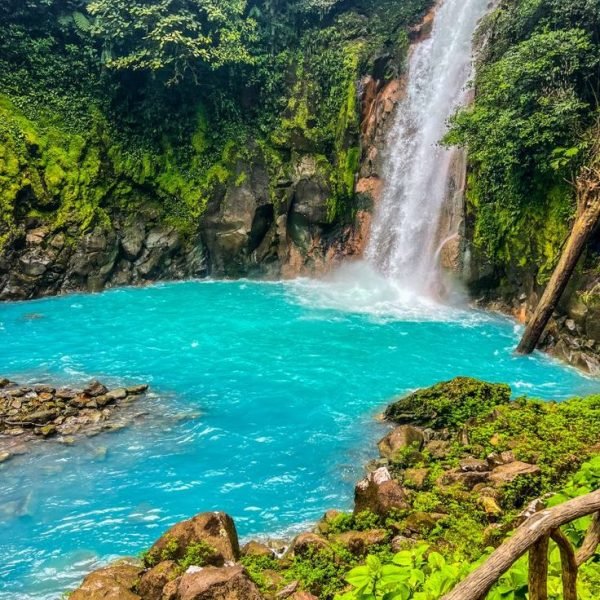
2.
Sustainable and Safe Travel Experience: Costa Rica is a pioneer in eco-tourism with a strong focus on sustainability, ensuring that travelers can enjoy its natural wonders responsibly. Additionally, the country enjoys political stability and a relatively low crime rate compared to other Central American nations, making it a safe and welcoming destination for tourists.
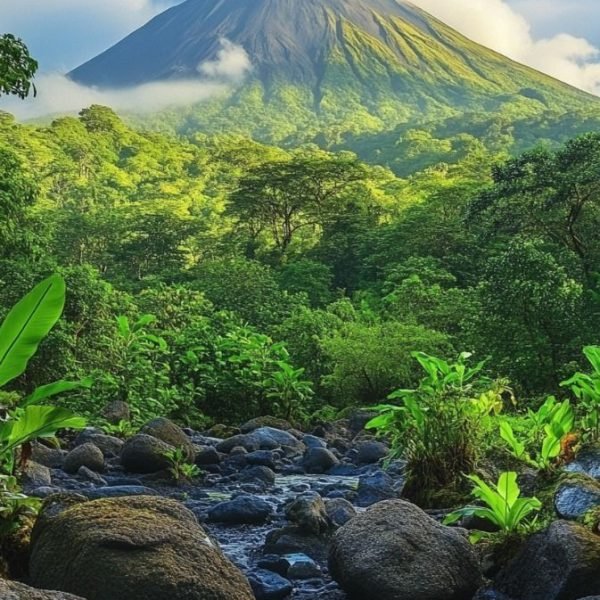
Planning Your Trip
Visa Information
Costa Rica’s visa policy in 2025 is straightforward but varies depending on your nationality:
- Citizens of countries such as the United States, Canada, the United Kingdom, EU nations, Australia, New Zealand, and Japan do not require a visa for stays up to 90 days. A valid passport (valid for at least one day upon entry) and proof of onward or return travel are required.
- Some countries, including Brazil, South Africa, Ecuador, and Peru, can enter visa-free for up to 30 days, with the option to extend their stay to 90 days upon request.
- Nationals from countries like India, Bolivia, and the Philippines must obtain a visa in advance through a Costa Rican consulate, with passports valid for at least six months.
- Certain countries, including Afghanistan, Syria, and North Korea, require special authorization before applying for a visa.
All travelers should carry proof of accommodation, sufficient funds for their stay, and it is strongly recommended to have travel insurance.
Best Time to Visit
Costa Rica’s climate is tropical, with two main seasons: the dry season (December to April) and the rainy season (May to November).
- Dry Season: This is the peak tourist season, offering sunny days and ideal conditions for beach activities, hiking, and exploring national parks. It’s the best time to visit if you want to avoid rain and enjoy outdoor adventures.
- Rainy Season: Also known as the “green season,” this period features afternoon showers and lush landscapes. It’s less crowded and often offers lower prices on accommodations and tours. Wildlife is abundant, and waterfalls are at their most spectacular.
The best time depends on your preferences-dry season for guaranteed sunshine and busy tourist spots, rainy season for fewer crowds and vibrant nature.
Getting To and Around
Getting to Costa Rica
Costa Rica is well-connected by air, with two main international airports:
- Juan Santamaría International Airport (SJO): Located near the capital, San José, it is the primary gateway for international travelers.
- Daniel Oduber Quirós International Airport (LIR): Situated in Liberia, Guanacaste, it serves travelers heading to the Pacific coast and popular beach destinations.
Direct flights are available from many major cities in North America, Europe, and Latin America.
Getting Around Costa Rica
- Bus: The most economical way to travel within Costa Rica is by public bus. It is affordable and covers most destinations, though schedules can be irregular and travel times longer.
- Shuttle/Minibus: Private shuttles offer a more comfortable and quicker alternative to buses, ideal for tourists who want direct transfers between popular spots.
- Car Rental: Renting a car is popular and affordable, with daily rates starting around $30-45. However, road conditions vary, and driving can be challenging due to narrow or poorly maintained roads and aggressive local drivers. Insurance is essential.
- Flying: Domestic flights connect some regions but are generally not cost-effective or time-saving due to the country’s small size.
- Hitchhiking: While not common for long distances, it is sometimes possible in remote or beach areas, though travelers should exercise caution.
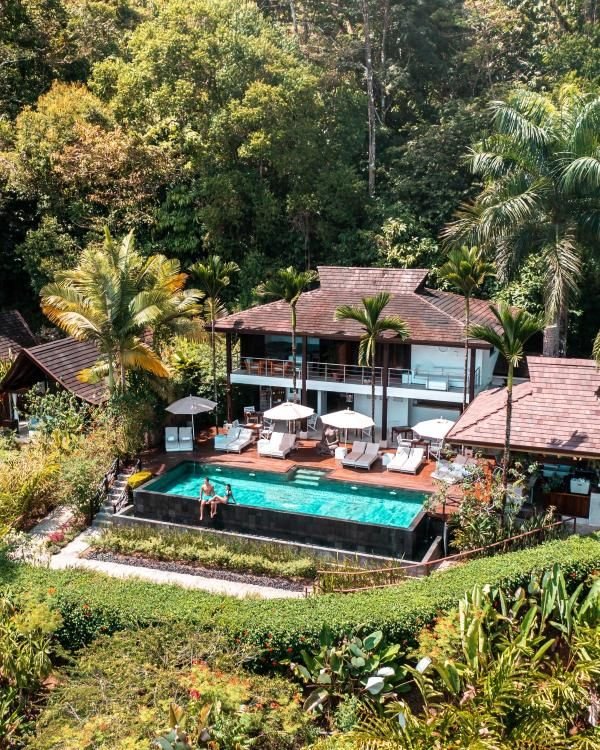
Accommodation
Costa Rica’s accommodation landscape is vast and diverse, designed to meet the needs of luxury seekers, eco-conscious travelers, families, backpackers, and everyone in between.
Luxury Resorts and Exclusive Stays
For travelers who want to indulge in comfort while immersing themselves in nature, Costa Rica offers some of the most exquisite resorts in Central America. A highlight for 2025 is the newly opened Nekajui, a Ritz-Carlton Reserve property nestled on 250 acres of pristine ecosystems. This ultra-luxurious resort features 107 rooms with floor-to-ceiling glass doors and balconies overlooking the ocean, blending modern elegance with natural beauty. Guests enjoy personalized service from dedicated attendants known as “mantus,” and culinary delights including Peruvian-inspired dishes and freshly brewed specialty coffee.
Other top-tier resorts include the Four Seasons Resort Costa Rica, renowned for its exceptional service, expansive wellness facilities, and stunning beachfront location, and The Westin Reserva Conchal, an all-inclusive golf resort that combines luxury with family-friendly amenities. These resorts provide a full spectrum of activities, from spa treatments and golf to guided nature tours, ensuring a lavish and immersive stay.
Boutique Hotels and Eco-Lodges
Costa Rica’s commitment to sustainability shines through its many boutique hotels and eco-lodges, which offer intimate, environmentally conscious stays. On the Caribbean coast, Hotel Aguas Claras is a standout, managed by a mother-daughter team and featuring just a handful of bungalows and suites decorated with vibrant local art. Its tranquil jungle setting and proximity to pristine beaches make it a perfect retreat for those seeking peace and authenticity.
In Monteverde, Hotel Claro de Luna offers a serene escape surrounded by cloud forest greenery, with comfortable rooms and an acclaimed onsite restaurant. The Silvestre Nosara Hotel and Residences, near the surfing haven of Playa Guiones, provides spacious, well-equipped residences that cater to families and groups, with a focus on wellness and community engagement.
Mid-Range and Beachfront Hotels
Costa Rica’s mid-range hotels offer excellent value with comfortable amenities and prime locations. For example, Hotel Terraza del Pacifico in Jacó is a beachfront property with sea-view rooms and two large outdoor pools, perfect for travelers who want to be near the beach but still enjoy modern comforts. Santarena Hotel in Las Catalinas combines Mediterranean-style dining with direct access to the beach and a rooftop pool terrace, making it a favorite for couples and small groups.
Family-friendly resorts like the Fiesta Resort provide spacious accommodations, multiple dining options leaning toward Mexican and Spanish cuisine, and fun extras like swim-up bars and day trips to nearby islands.
Budget Hostels and Unique Stays & Tips
Backpackers and budget travelers will find plenty of welcoming hostels that combine affordability with a sense of community and eco-consciousness. Luz en El Cielo Eco Hostel near Monteverde offers bio-organic breakfasts sourced from local farms, comfortable dorms and private rooms, and a peaceful jungle atmosphere. In San José, Hostel Del Paseo is a lively option with communal spaces, games, and a central location close to the city’s main attractions.
For those seeking a truly unique experience, the Kapetsowa Container Loft in Monteverde is a glass-box loft perched on a mountainside, offering unparalleled views and privacy. In San José, modern lofts with panoramic views and amenities like wooden hot tubs provide an urban retreat with a touch of luxury.
Tips for Booking Accommodation
- Location matters: Choose accommodations based on your itinerary. Coastal areas like Guanacaste and Nicoya Peninsula are ideal for beach lovers and surfers, while Monteverde and the Central Valley offer cooler climates and cloud forest adventures. San José is best for city exploration and transit.
- Book early for peak season: December to April is the dry season and busiest time, so reserve well in advance to secure the best options.
- Consider eco-lodges for sustainability: Many lodges offer immersive nature experiences and support conservation efforts, enhancing your stay’s impact.
- Check amenities: If you want extras like airport transfers, all-inclusive meals, or wellness programs, verify these when booking.
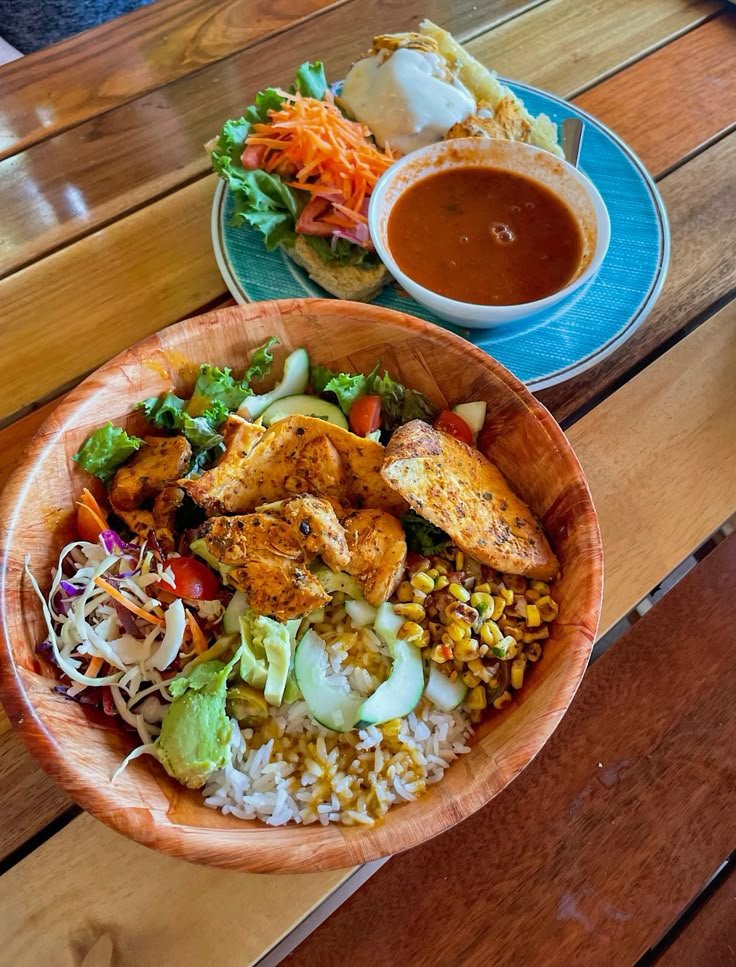
Food and Drink
Costa Rica’s culinary offerings are a vibrant reflection of its cultural heritage and natural abundance. From traditional dishes to fresh seafood and innovative farm-to-table cuisine, the food scene is both diverse and delicious.
Traditional Costa Rican Cuisine
At the heart of Costa Rican food is simplicity and freshness. The iconic casado is a staple meal, typically consisting of rice, black beans, fried plantains, salad, and a protein such as chicken, beef, pork, or fish. It’s a hearty, balanced plate that reflects the country’s agricultural roots.
For breakfast, gallo pinto is a must-try: a flavorful mix of rice and beans sautéed with onions, peppers, and cilantro, often served with eggs, sour cream, and fried plantains. Other traditional dishes include tamales wrapped in banana leaves, ceviche made from fresh fish or shrimp marinated in lime juice, and arroz con pollo (chicken with rice).
Fresh Seafood and Coastal Flavors
Costa Rica’s extensive coastlines mean seafood is fresh and plentiful. On the Pacific and Caribbean coasts, you’ll find specialties like grilled red snapper, coconut shrimp, and seafood stews infused with local herbs and spices. The Caribbean coast, in particular, offers Afro-Caribbean influenced dishes such as rice and beans cooked in coconut milk and spicy sauces that add a unique twist to the cuisine.
Farm-to-Table and Organic Dining
Sustainability is a growing trend in Costa Rica’s culinary scene. Many restaurants and lodges emphasize farm-to-table dining, sourcing ingredients from local organic farms. Tropical fruits like mango, papaya, pineapple, and guava are abundant and often featured in fresh juices, smoothies, and desserts. Costa Rica’s world-renowned coffee is served with pride, often freshly brewed and paired with local pastries.
International and Fusion Cuisine
In tourist hubs and cities, you’ll find an array of international options, including Italian, Mexican, Asian, and Mediterranean cuisines. Upscale resorts and boutique hotels often offer gourmet dining that fuses local ingredients with global culinary techniques. For instance, the Ritz-Carlton’s signature restaurant Puna serves Peruvian-inspired dishes, while Santarena Hotel offers Mediterranean-style fare.
Drinks and Nightlife
Costa Rica’s drink culture is lively and refreshing. Fresh fruit juices and smoothies made from local produce are everywhere, providing a healthy and tasty way to cool down. Coffee culture is strong, with cafés serving expertly brewed cups throughout the day.
For alcoholic beverages, local beers such as Imperial and Pilsen are popular, alongside rum-based cocktails like the guaro sour, made with Costa Rica’s national spirit, guaro. Beach bars and resorts often feature creative tropical cocktails using fresh fruits and herbs.
Nightlife varies by location: San José offers vibrant bars, live music, and dance clubs, while beach towns like Tamarindo and Jacó have a more laid-back party vibe with beachfront bars and fire shows.
Eating Tips
- Try street food like empanadas and fresh fruit from local vendors for authentic and budget-friendly meals.
- Many restaurants offer menu del día, a fixed-price lunch menu with multiple courses, perfect for sampling traditional dishes affordably.
- Tap water is generally safe in urban areas, but bottled water is recommended in rural or remote locations.
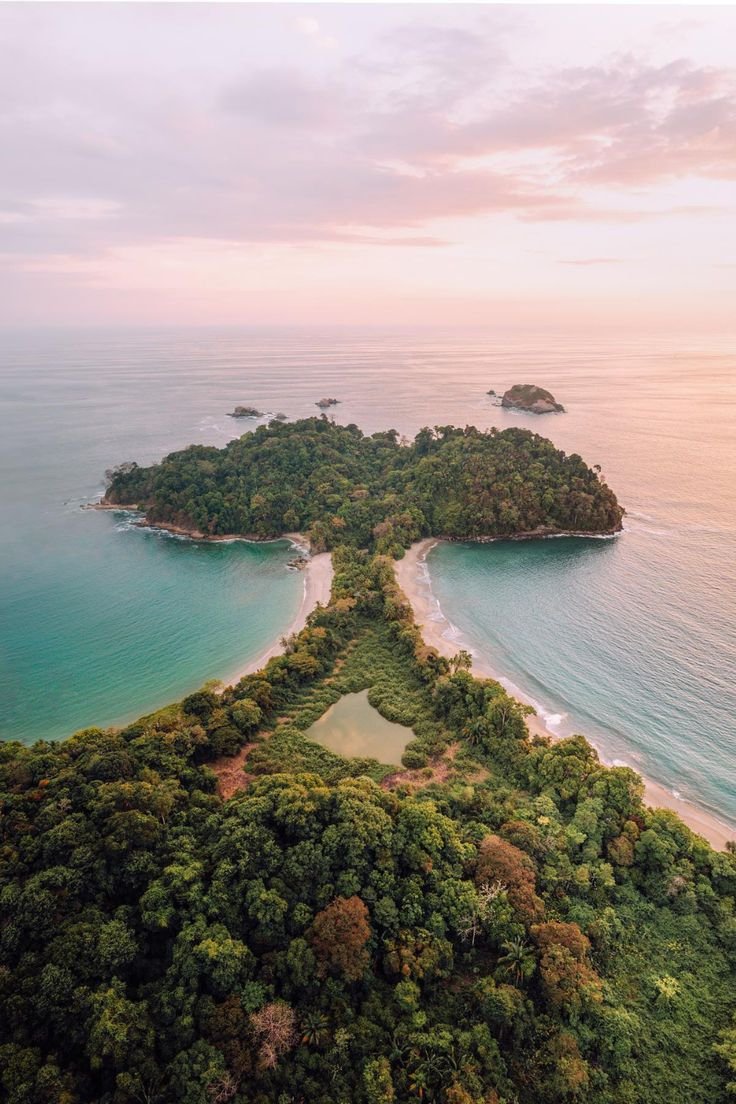
Must-See Attractions
- Manuel Antonio National Park
One of Costa Rica’s most famous and accessible parks, Manuel Antonio National Park is a compact jewel of biodiversity. Despite its small size, it boasts an incredible variety of wildlife including sloths, squirrel monkeys, coatis, and colorful birds. The park’s well-maintained trails lead you through tropical rainforest to stunning white-sand beaches with crystal-clear waters, perfect for swimming and snorkeling. The combination of jungle and beach scenery makes this a must-visit spot for nature lovers and beachgoers alike. - Arenal Volcano and La Fortuna
The iconic Arenal Volcano, with its near-perfect conical shape, dominates the landscape around the town of La Fortuna. While climbing the volcano itself is off-limits, the surrounding area offers spectacular hiking trails, waterfalls, and hot springs heated by geothermal activity. La Fortuna Waterfall is a highlight-a 70-meter cascade that plunges into a refreshing pool where visitors can swim. The region is also known for adventure activities such as canopy ziplining and white-water rafting. - Monteverde Cloud Forest Reserve
For a mystical rainforest experience, Monteverde’s cloud forest is unparalleled. This misty, high-altitude forest is home to rare flora and fauna, including the resplendent quetzal, one of the most beautiful birds in the world. Walking the hanging bridges suspended above the canopy offers breathtaking views and a chance to spot wildlife from a unique perspective. Night tours reveal nocturnal creatures like frogs, insects, and mammals, adding to the magic of this ecosystem. - Tortuguero National Park
Known as the “Amazon of Costa Rica,” Tortuguero is a remote network of canals and dense rainforest on the Caribbean coast. It is famous for its sea turtle nesting sites, particularly from July to October when thousands of green and leatherback turtles come ashore to lay eggs. The park is accessible only by boat or small plane, which adds to its untouched charm. Guided boat tours through the canals provide excellent wildlife viewing opportunities, including monkeys, caimans, and exotic birds. - Corcovado National Park and Osa Peninsula
For those seeking true wilderness, Corcovado on the Osa Peninsula is a must-see. It is one of the most biologically intense places on Earth, with rare species such as jaguars, tapirs, and scarlet macaws. The park’s rugged trails lead through dense rainforest to secluded beaches and waterfalls. This remote area is ideal for serious nature lovers and adventurers looking to experience Costa Rica’s wild side. - Guanacaste and Papagayo Peninsula
This northwestern region is famous for its sun-drenched beaches, luxury resorts, and world-class snorkeling and diving. Guanacaste’s dry tropical climate makes it a perfect beach destination year-round. The Papagayo Peninsula offers upscale accommodations and stunning ocean views, making it a favorite for honeymooners and those seeking relaxation. - Nicoya Peninsula (Nosara & Santa Teresa)
Known as one of the world’s Blue Zones, where people live longer and healthier lives, the Nicoya Peninsula is a laid-back region favored by surfers, yogis, and digital nomads. Nosara is famous for its yoga retreats and wellness centers, while Santa Teresa offers some of the best surf breaks in Central America alongside trendy cafes and boutiques. - Poás Volcano National Park
Just a short drive from San José, Poás Volcano features an impressive active crater with a steaming acidic lake. The park’s easy trails and visitor center make it accessible for a half-day trip. Nearby coffee plantations, such as Hacienda Doka, offer tours that showcase Costa Rica’s rich coffee culture. - Río Celeste and Tenorio Volcano National Park
Río Celeste is famous for its striking turquoise-blue river, a natural phenomenon caused by volcanic minerals. Hiking through Tenorio Volcano National Park brings you to waterfalls, hot springs, and lush rainforest teeming with wildlife. It’s a photographer’s paradise and a refreshing escape into nature.
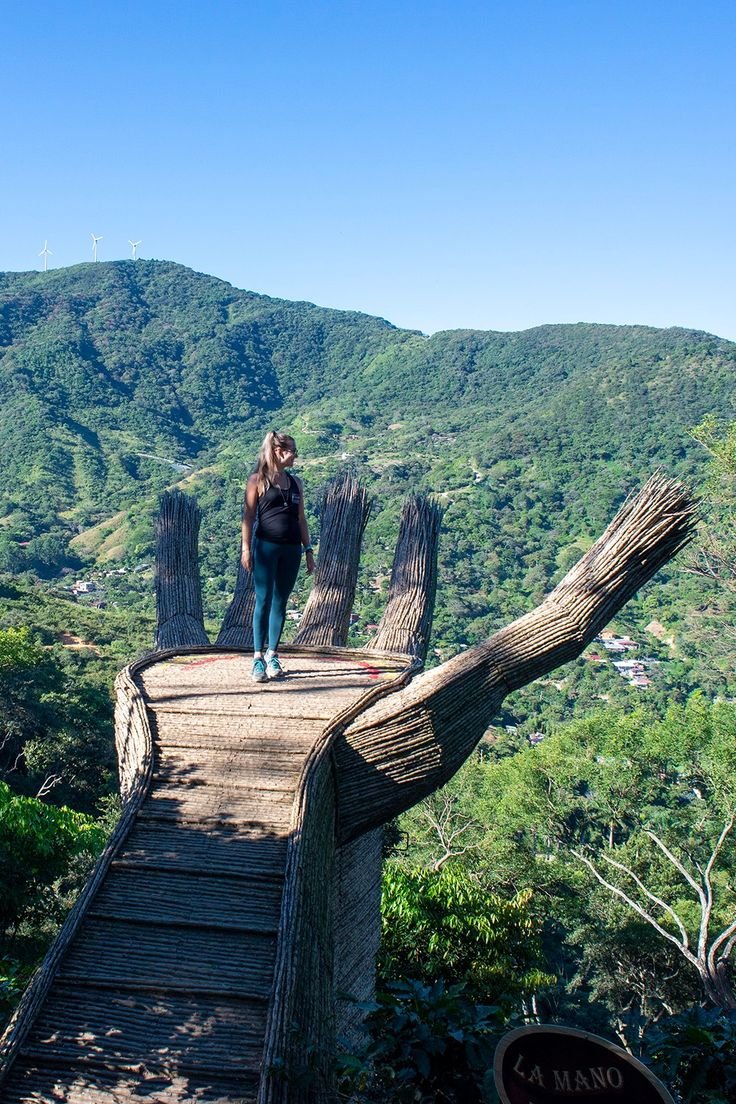
Must-Do Activities
- Ziplining Through the Canopy
Costa Rica is renowned for its thrilling zipline tours, which allow you to soar above the rainforest canopy and enjoy panoramic views of the lush landscape. Popular locations include Monteverde, Arenal, and Guanacaste. Ziplining is a fantastic way to combine adrenaline with nature appreciation. - White-Water Rafting
The Pacuare River is considered one of the best white-water rafting destinations in the world. Multi-day rafting trips take you through remote rainforest, with opportunities to camp in eco-lodges and spot wildlife like howler monkeys and toucans. For shorter excursions, rivers near La Fortuna and Turrialba offer exciting rapids suitable for beginners and experienced rafters alike. - Wildlife Watching and Nature Tours
Guided tours in national parks and reserves provide the best chance to see Costa Rica’s incredible wildlife up close. Whether it’s spotting sloths and monkeys in Manuel Antonio, birdwatching in Monteverde, or crocodile viewing at the Tarcoles River bridge, expert guides enhance the experience with their knowledge of flora and fauna. - Surfing
Costa Rica is a surfer’s paradise with consistent waves on both the Pacific and Caribbean coasts. Tamarindo, Playa Hermosa, and Santa Teresa are among the top surf spots, catering to all skill levels. Surf schools and board rentals are widely available, making it easy for beginners to catch their first wave. - Hot Springs and Wellness
Relaxing in natural hot springs is a quintessential Costa Rican experience, especially around Arenal Volcano. Resorts and public hot springs offer soothing mineral waters surrounded by tropical gardens. Many places also provide spa treatments, yoga classes, and wellness programs for a rejuvenating break. - Snorkeling and Scuba Diving
The coral reefs around the Papagayo Peninsula and Cahuita National Park on the Caribbean coast are excellent for snorkeling and diving. You can explore vibrant marine life including tropical fish, sea turtles, and rays. Boat tours to nearby islands like Tortuga Island provide additional snorkeling opportunities. - Hiking and Waterfall Exploration
Costa Rica’s diverse terrain offers countless hiking trails through rainforests, cloud forests, and volcanic landscapes. Trails to La Fortuna Waterfall, Rio Celeste, and the trails within Corcovado National Park are among the most rewarding. Many hikes end at spectacular waterfalls where you can swim in natural pools. - Coffee Plantation Tours
Coffee is a vital part of Costa Rica’s culture and economy. Visiting plantations such as Hacienda Alsacia or Doka Estate allows you to learn about the coffee production process from bean to cup, enjoy tastings, and appreciate the scenic farm landscapes. - Turtle Nesting Tours
If visiting between July and October, joining a guided night tour to see sea turtles nesting on the beaches of Tortuguero or Ostional is a once-in-a-lifetime experience. Watching these ancient creatures lay eggs or hatchlings make their way to the ocean is both moving and educational. - Cultural Experiences and Local Markets
Exploring towns like San José and Puerto Viejo offers a glimpse into Costa Rican culture. Visit vibrant markets, sample traditional foods, and enjoy live music and dance performances. Barrio Escalante in San José is known for its trendy cafés and art scene, perfect for a day of urban exploration.
Costa Rica in 2025 promises an unforgettable adventure filled with stunning natural beauty and exhilarating activities. Whether you’re hiking through cloud forests, relaxing on sun-kissed beaches, or immersing yourself in the rich wildlife and culture, this Central American paradise offers something extraordinary at every turn. Planning your itinerary around these must-see attractions and must-do activities will ensure you experience the very best of what Costa Rica has to offer. Pura Vida!
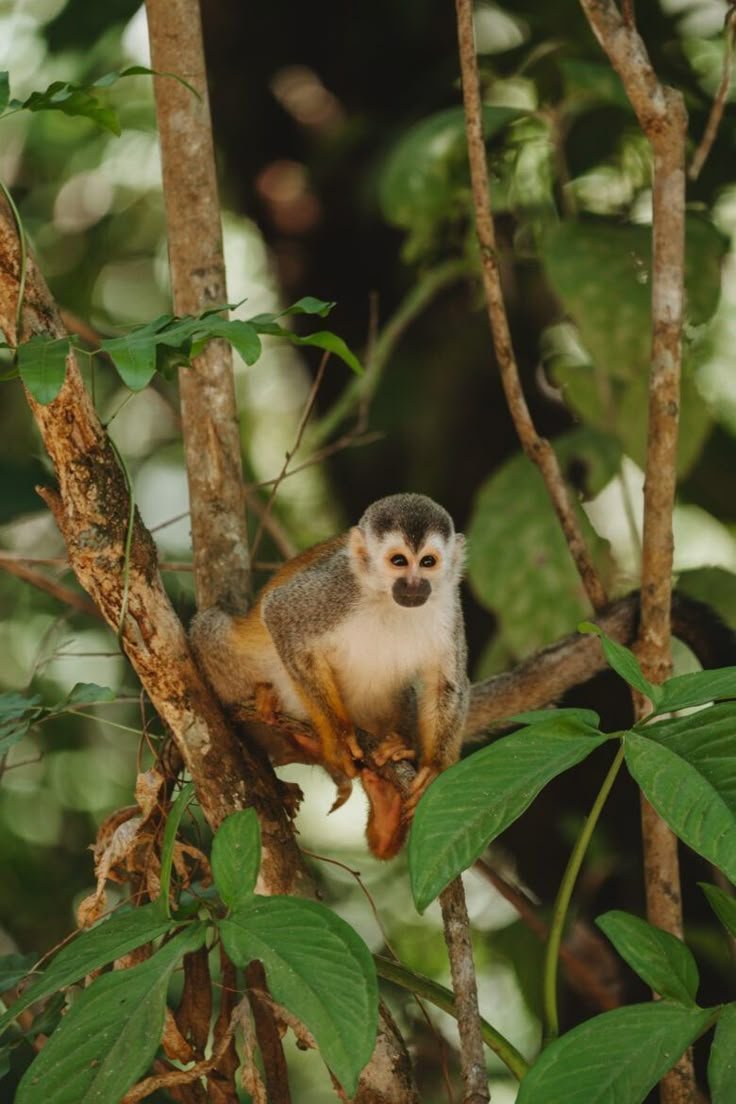
Travel Tips
Traveling to Costa Rica in 2025 promises an unforgettable experience filled with rich biodiversity, vibrant culture, and warm hospitality. To make the most of your trip while staying safe and respectful of local traditions, it’s essential to be well-prepared. This guide offers practical travel tips covering safety advice, local customs, and language basics to help you navigate Costa Rica confidently and enjoyably.
Safety Advice
Costa Rica is widely regarded as one of the safest countries in Central America, but like any travel destination, it requires vigilance and common sense to ensure a smooth trip.
General Safety Tips
- Stay in well-populated, well-lit areas, especially at night. Tourist hubs such as Manuel Antonio, Tamarindo, and Monteverde are generally safe, but urban centers like San José and some parts of the Caribbean coast (notably Limón) require extra caution after dark. Avoid isolated areas and poorly lit streets.
- Keep your belongings secure. Petty theft, such as pickpocketing and bag-snatching, is the most common crime affecting tourists. Use anti-theft bags or money belts, avoid flashing expensive electronics, and never leave valuables unattended on the beach or in public places.
- Be cautious with transportation. Use licensed taxis (red cars with yellow triangles) or reputable private shuttles. Uber operates in San José and some other cities and is considered safer than unmarked taxis. If renting a car, be aware that road conditions can be challenging, with narrow, winding roads and occasional potholes. Drive defensively and avoid night driving when possible.
- Follow safety instructions during adventure activities. Whether ziplining, white-water rafting, surfing, or hiking, always wear the provided safety gear such as helmets and life vests. Listen carefully to guides and avoid risky behavior. For example, swimming in ocean areas with strong currents or near crocodile habitats should be done only with local advice.
- Avoid excessive alcohol consumption and watch your drinks. Nightlife is vibrant but keep an eye on your beverages to prevent tampering. If you’re out late, use trusted transportation and avoid walking alone.
- Health precautions: Use insect repellent to protect against mosquito-borne illnesses like dengue and chikungunya, especially in humid, forested, or coastal areas. Drink bottled or filtered water if unsure about tap water quality in remote locations. Carry basic first aid supplies and any personal medications.
Handling Emergencies
- If you encounter a robbery, do not resist. Your safety is more important than possessions.
- Keep emergency numbers handy: 911 is the general emergency number in Costa Rica.
- Purchase comprehensive travel insurance that covers medical emergencies, theft, and adventure activities.
Local Customs
Understanding and respecting Costa Rican customs will enrich your travel experience and help you connect with locals.
Pura Vida Lifestyle
The phrase “Pura Vida” (pure life) is more than a saying-it’s a way of life in Costa Rica. It expresses optimism, gratitude, and a laid-back attitude. You’ll hear it often as a greeting, farewell, or expression of thanks. Embracing this mindset will help you appreciate the relaxed and friendly atmosphere.
Greetings and Social Etiquette
- A warm handshake or a light hug is common when meeting someone. Among friends, a single cheek kiss is customary.
- Use polite expressions such as “por favor” (please), “gracias” (thank you), and “disculpe” (excuse me) frequently.
- Address people with respect, especially elders, using “Señor” or “Señora” followed by their last name if you know it.
- Avoid controversial topics like politics or religion unless you know the person well.
Dress Code
- Costa Rica’s climate is tropical and casual, so lightweight, breathable clothing is standard. However, when visiting churches, government buildings, or upscale restaurants, dress modestly and neatly.
- For adventure activities, wear appropriate gear such as sturdy shoes, long pants, and insect repellent.
- Beachwear is acceptable on the coast but not appropriate in towns or restaurants away from the beach.
Tipping
- A 10% service charge is usually included in restaurant bills. Additional tipping is appreciated but not mandatory.
- For taxi drivers, rounding up the fare is common.
- Tour guides and hotel staff often receive tips for good service.
Environmental Respect
Costa Rica is a global leader in conservation and eco-tourism. Visitors are expected to respect nature by not littering, staying on marked trails, and not disturbing wildlife. Removing plants, animals, or natural objects from parks is prohibited. Supporting local sustainable businesses helps preserve the environment and communities.
Language Basics
Spanish is the official language of Costa Rica, and while English is widely spoken in tourist areas, learning a few key phrases will enhance your interactions and show respect for the local culture.
Common Spanish Phrases
- Hola – Hello
- Buenos días – Good morning
- Buenas tardes – Good afternoon
- Buenas noches – Good evening / Good night
- ¿Cómo está? – How are you? (formal)
- Estoy bien, gracias – I am fine, thank you
- Por favor – Please
- Gracias – Thank you
- De nada – You’re welcome
- Disculpe – Excuse me / Sorry
- ¿Cuánto cuesta? – How much does it cost?
- ¿Dónde está el baño? – Where is the bathroom?
- No hablo mucho español – I don’t speak much Spanish
- ¿Habla inglés? – Do you speak English?
Pronunciation Tips
- The letter “r” is rolled or tapped lightly.
- The letter “j” sounds like an English “h.”
- Vowels are pronounced clearly and consistently (e.g., “a” as in “father,” “e” as in “bet”).
Useful Vocabulary for Travelers
- Agua – Water
- Comida – Food
- Taxi – Taxi
- Ayuda – Help
- Emergencia – Emergency
- Hospital – Hospital
Making an effort to speak Spanish, even if just a few words, is appreciated by locals and can open doors to more authentic experiences.
Final Tips for a Smooth Journey
Traveling in Costa Rica is a rewarding experience when you respect local customs, stay aware of your surroundings, and embrace the country’s unique culture. With a little preparation and an open mind, you’ll find Serbia to be a safe, friendly, and fascinating destination in 2025.

